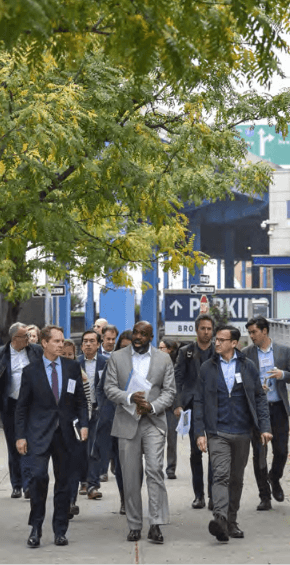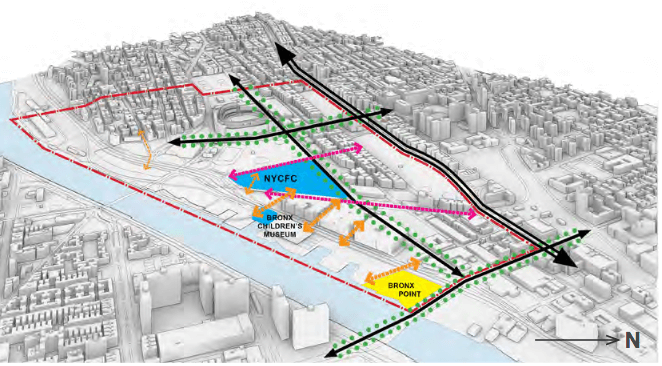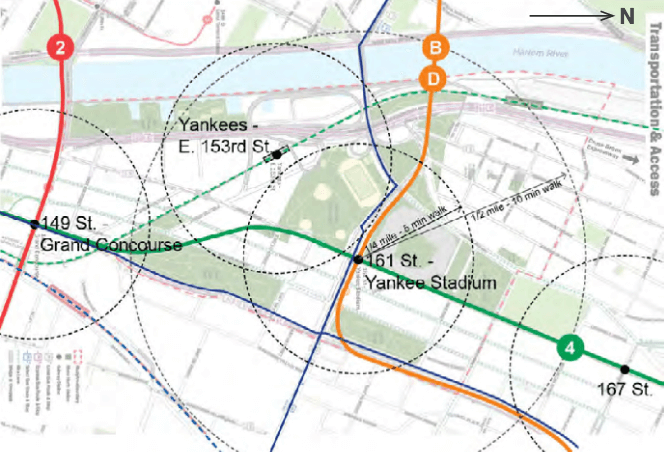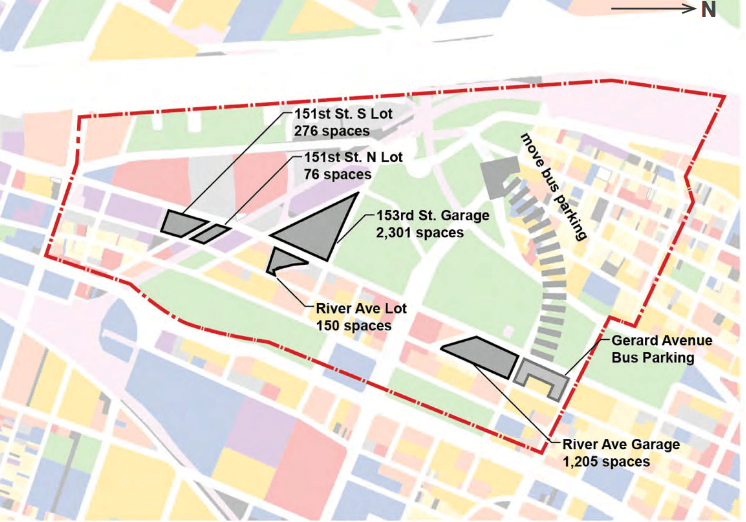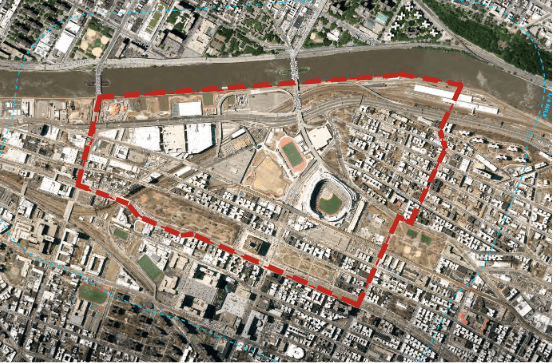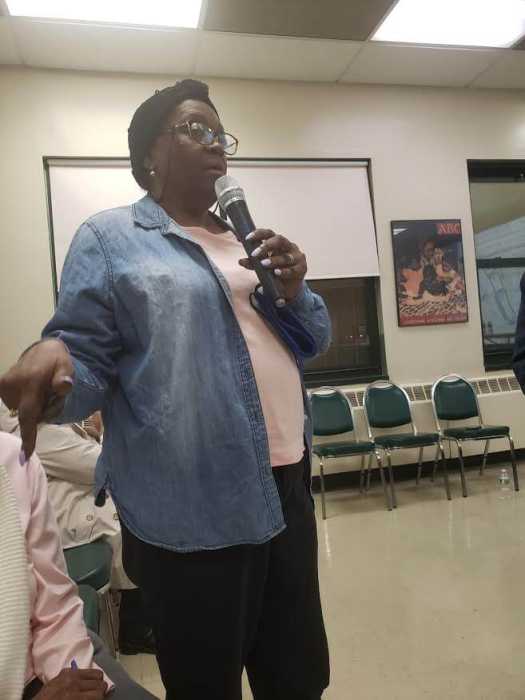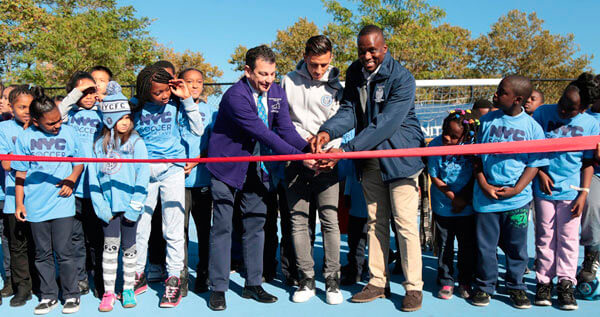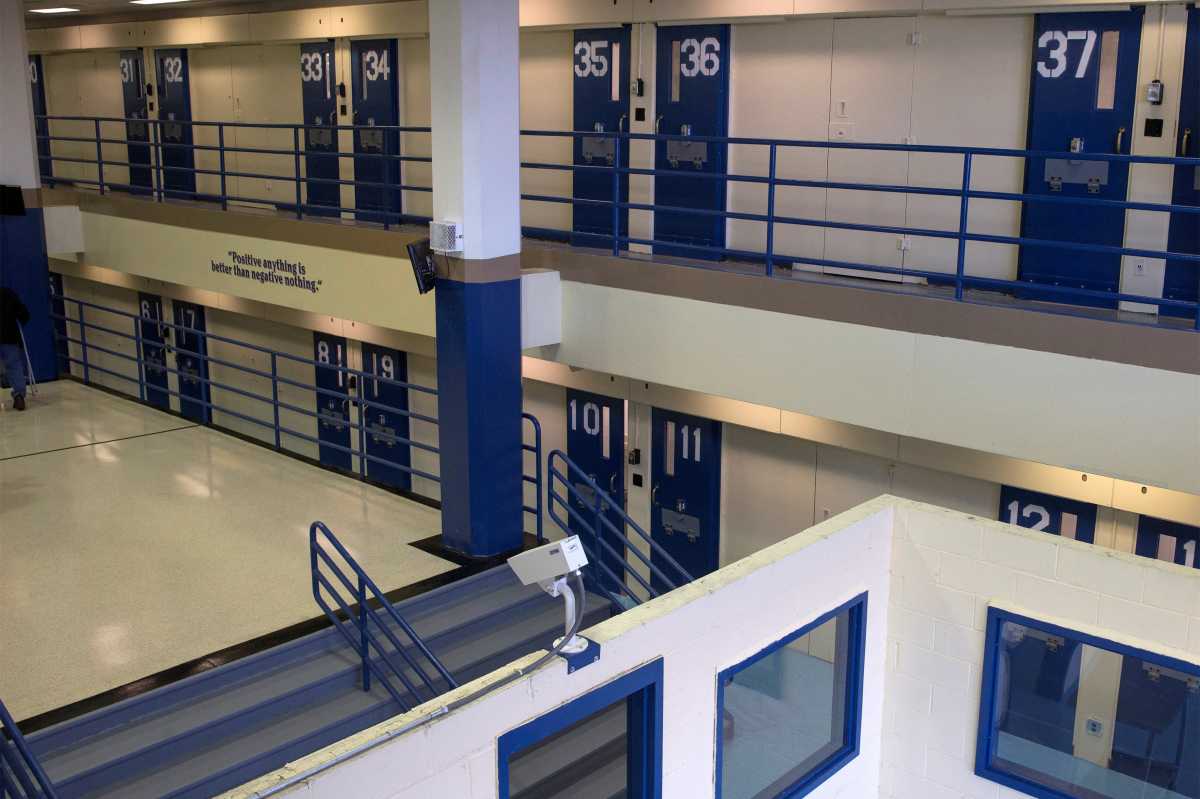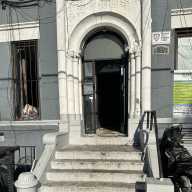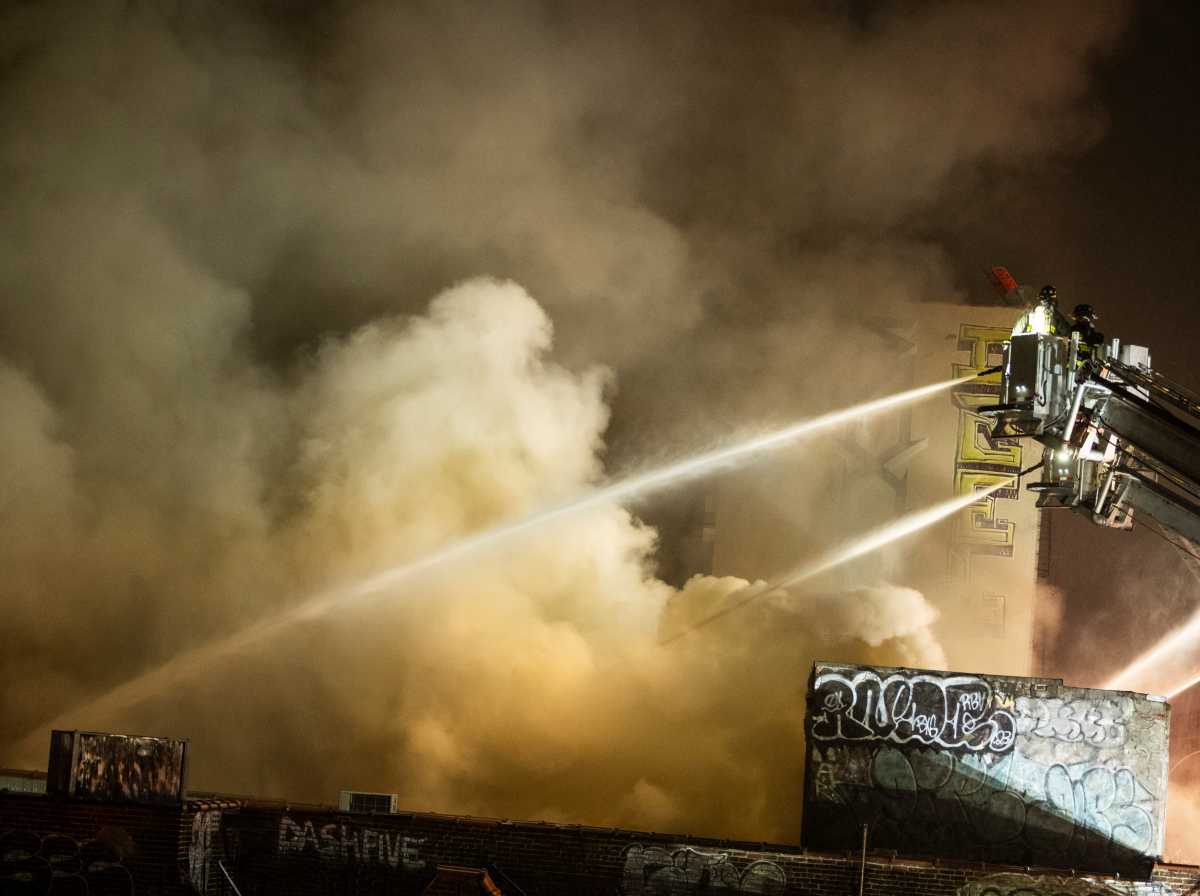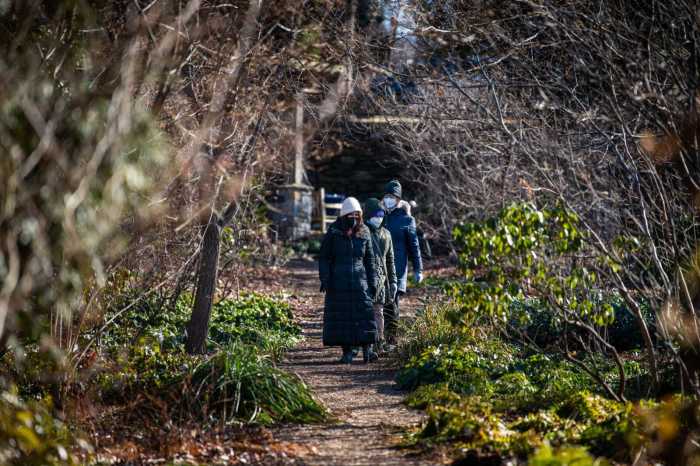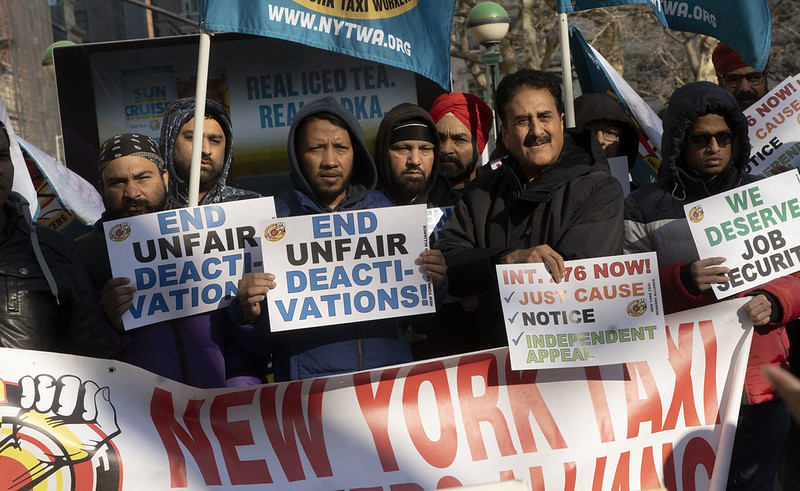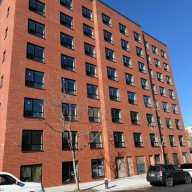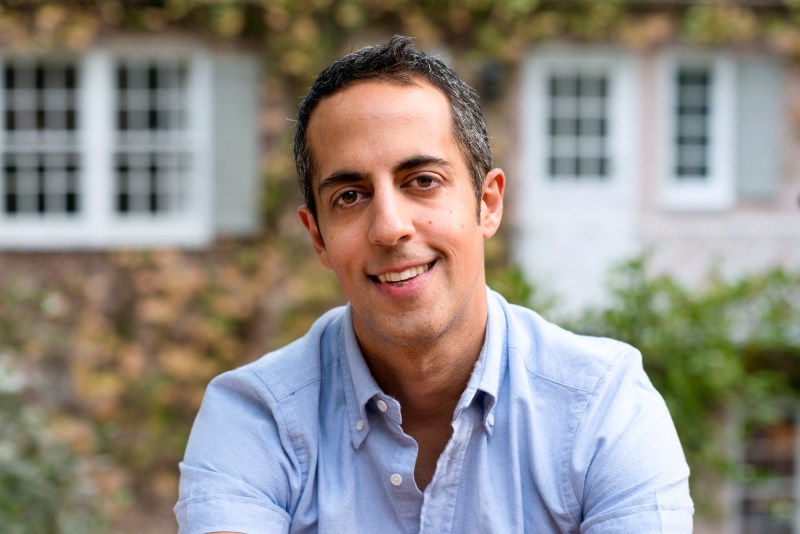With NYCFC reportedly nearing an agreement for the development of a stadium in the south Bronx, a recent report outlined how it would positively impact the community surrounding the proposed stadium site.
According to the New York Times, “The team’s owners, in conjunction with a group of local developers, are nearing an agreement with New York City that would allow the team to construct a privately financed, 25,000-seat stadium in the south Bronx as part of a development project costing more than $1 billion.”
On Thursday, March 5, the Urban Land Institute New York and Community Board 4 Technical Assistance Panel released: Neighborhood-Focused Strategies for Future Growth, which includes recommendations for stadium design and community programming, increasing use of public and alternative transit options and improving neighborhood walkability and connectivity to open space and the waterfront.
“As the city continues to the move forward with discussions of a NYCFC stadium the community board remains intent on ensuring that the community at large plays an active role in the determination of how city-owned property is utilized,” said Paul Philips, CB 4 district manager.
The panel of real estate professionals with development, design, finance and legal expertise, studied the site and interviewed a variety of community stakeholders. Its recommendations were broken into three categories: Design and Programming; Connectivity and Planning for a Community-Focused Neighborhood.
More than Just a Stadium –
Design and Programming
The stadium could serve as a community hub, a venue for health and wellness programs, neighborhood sports activity and much more.
Connectivity
Despite access to numerous transportation options within the area, congestion is a huge problem in the area. It would be crucial to take steps to encourage NYCFC fans to use public and alternative transportation options – including rail, bus, walking and biking.
Community-Focused Neighborhood
Many people in the area continue to drive due to the abundance of underutilized parking lots and structures and many shuttered businesses, especially outside of Yankees game days. However, with careful planning and targeted zoning changes, River Avenue could become a popular, mixed-use corridor.
In September 2019, a survey conducted by the 161st Street BID revealed that 65 percent of the neighborhood supported a stadium if it included a female team, community programing, had a dome for year-round use and made the community a shareholding partner.
Cary Goodman, the director of the BID told the Bronx Times that the people who did the study do not represent the community.
He feels their assertion that people in the poorest congressional district want more access to the waterfront is wrong.
Goodman said besides people selling food in the stadium, this wouldn’t bring jobs to the community. He strongly disagrees with the studies assertion that people in the area don’t have access to the waterfront. According to Goodman, in his 11 years as director he has never heard anyone say they can’t get to the Harlem River. People are more concerned about better schools and jobs.
“I don’t see anything that syncs up with the dynamic that we discovered in our survey,” Goodman said.

